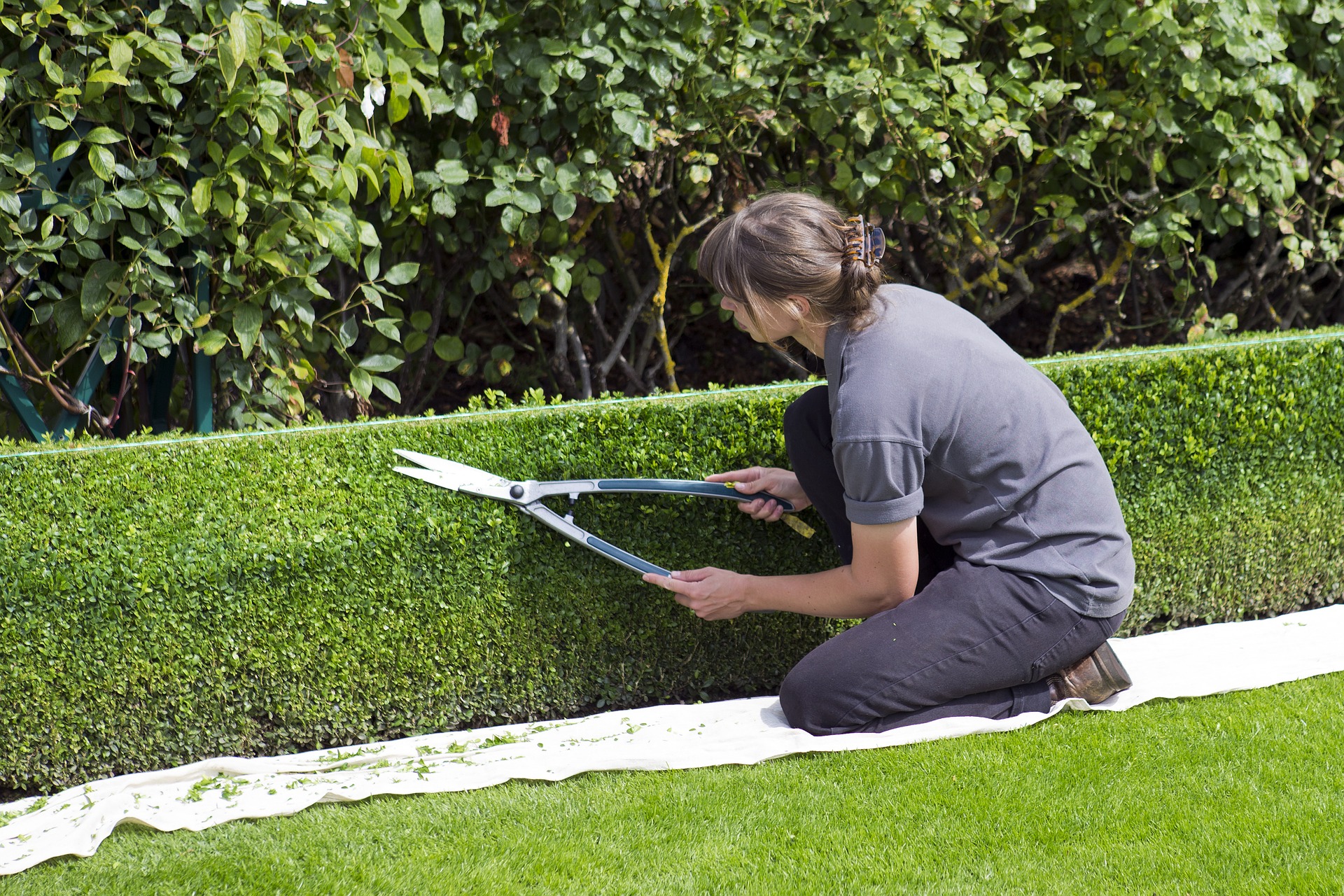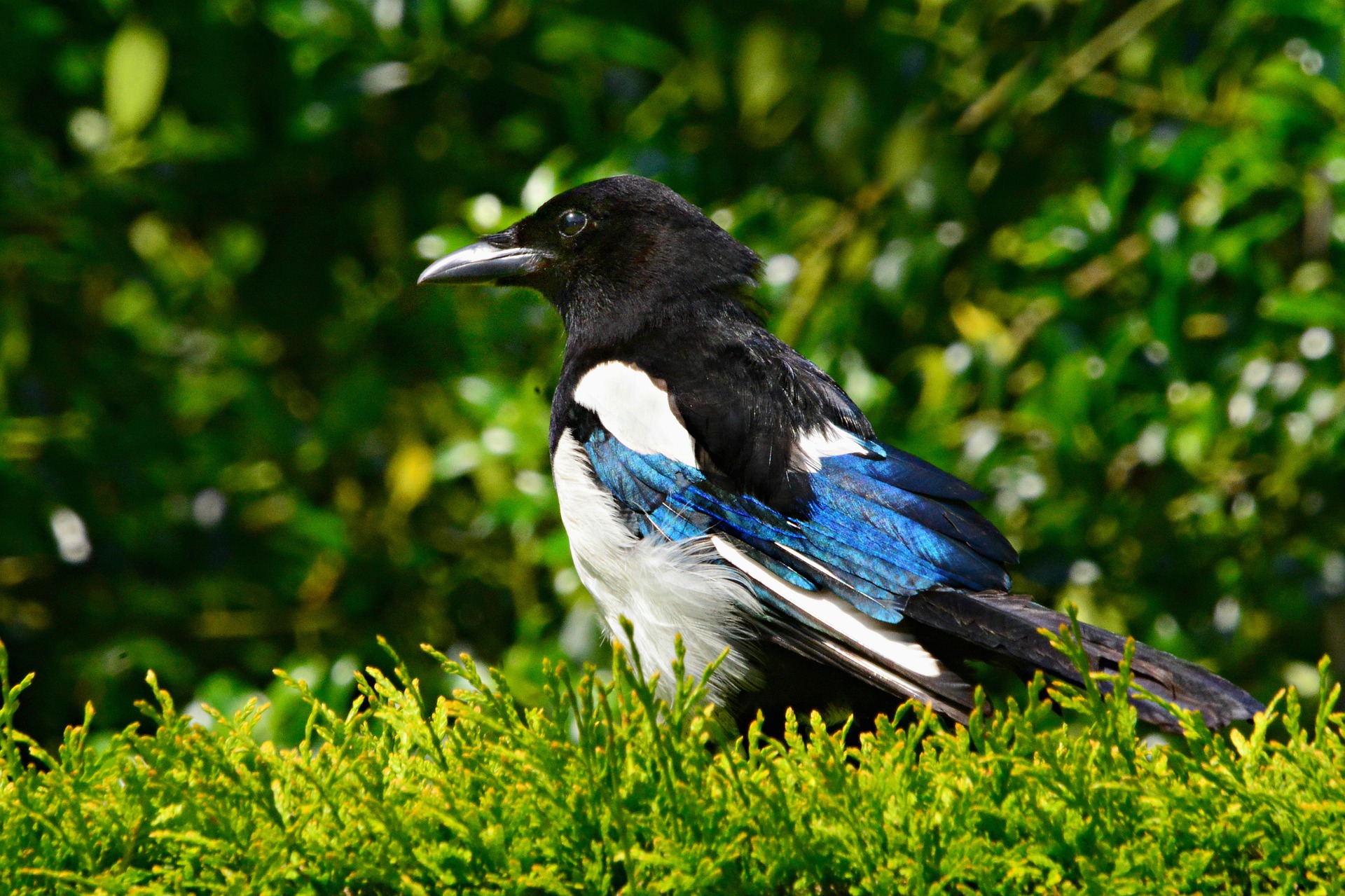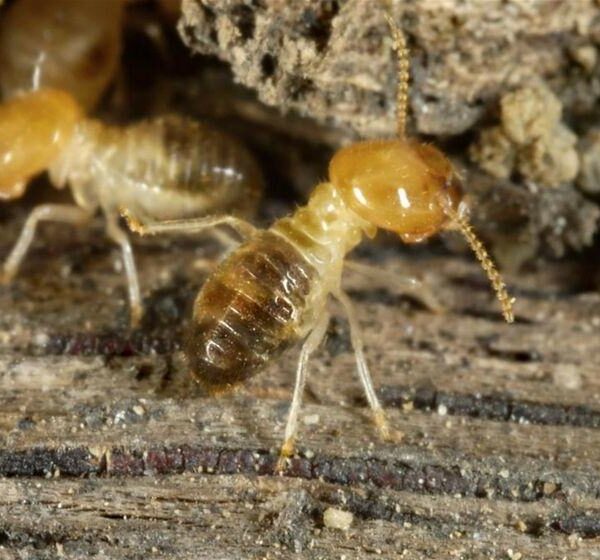Do you want a hedge fence around your property? Maybe, you are satisfied with a few decorative hedges here and there? Whether you use them to hang string lights on Christmas or as a boundary between a neighbour’s yard, your hedges still need care and attention.
One look at your hedge and you may think it’s easy to manage it, but it’s more complex than that. If left unattended, a hedge can turn your yard into an unattractive mess. The following hedge trimming tips will help you nurture your plants and have them adorn your household for years to come.
The History of Hedges
The significance of hedgerows in human life dates back to the Bronze Age when the first farmers turned woodland into fields. They left pieces of woodland intact as a way to mark the boundaries, a practice done even today. Based on topographical analysis studies, some of these hedges have survived to this day, especially in European countries, like England.
Archeological excavation shows that Romans were especially taken by hedge growing. This is also a period when planting new hedgerows started and continued sporadically until the Renaissance when it turned into a trend. At that time, European gardens were all about topiary design at aristocratic estates, starting from Italy. It’s thought that King Louis XIV was inspired by Italian gardens when he started renovating Versailles and creating its famous gardens.
However, the oldest topiary garden in the world is in England on the estate of Levens Hall in Cumbria. It’s still in its original form even though it was established at the end of the 17th century. In the UK, hedge trimming is popular and the gardens all over the country are full of different shapes, even the townhouse balconies.
Today, hedges can be seen all over the world. They are present in private residences, as well as public landscapes, like at the Tulcán Cemetary in Ecuador. For some, it’s a perfect pastime, and for others, it’s a way to express themselves artistically. Whatever the reason, one thing is certain—shaping and pruning hedges is a form of horticultural expression that won’t leave gardening practices for a long time, if ever.

Tips for Hedge Trimming
To create perfect and well-maintained hedges in your backyard and garden, you need to know what kind of equipment to use. It’s also useful to know what to pay attention to when trimming and how to make your job easier but get wonderful results. So here are hedge trimming tips for every household that can turn a garden into a work of art.
Plant the Right Hedge
Before you start planting, make sure that the hedge you intend to grow is the right one for your backyard. Some hedges can grow too tall and too fast, turning their maintenance into a nightmare that may cause you problems with your neighbours.
Moreover, take into account your time and capability to care for hedges, since trimming them involves using sometimes-heavy tools, as well as climbing and kneeling. If you don’t know what hedge is right for you, join a community garden, or consult with a professional gardener about which variety to choose.
Start Your Trimming with the Sides
It’s best to start trimming your hedges from the sides, making the base wider. Since the top will be narrower, the light can reach all the parts of your hedge, giving you a healthy-looking hedge. Of course, if your hedge is part of decoration then you can be more creative with its shape.
However, when creating a shape, even the simplest one, you need some sort of guidance, like a string. For formal shapes, stIck canes in the ground and tie a string between them to help you follow the line. Informal shapes, though, give more creativity and you can try cloud pruning which will give you a rounded form, popular in Japanese Zen gardens.
Know When It’s Time to Cut
Not all hedges require trimming at the same time. Usually, the majority of hedges need a trim once or twice a year. In most cases, the time for trimming is in late winter when the plants are leafless and without buds. Cutting them before buds emerge will direct hedges’ energy into growing where you want them to.
But some hedges are trimmed at other times of the year and when in full bloom, for example, beech hedges are best cut in August, while hawthorn varieties are cut after they produced flowers, in June. Knowing when the right time for hedge trimming is will give you thick, green, and beautiful plants perfect for shaping and obscuring the view.
Get Rid of the Hedge Clippings
Collecting the clippings after trimming is important for the health of your hedge. Place a plastic sheet underneath your hedge and rake or brush them from the top to remove the clippings from branches. If you don’t do this, the remaining clippings will create an airless and damp environment that can lead to fungal diseases.
Instead of throwing them away, put the clippings in your compost bin or offer them to community gardens and their compost heap. That way you will have a nice fertilizer for your hedgerows and help them remain healthy.

Rejuvenate Your Hedge
We mentioned that some hedges date back hundreds of years, making them quite resilient. But this is not something that happens without care. After a while, you will notice your hedge becoming more and more open at the base. This is not anything alarming and can be remedied easily with your shears or a trimmer.
When you cut down branches that are close to the ground, the hedge will use its energy to grow new ones. However, if you have conifer shrubs, this won’t work since their branches don’t regrow when cut entirely. So, to make sure that your hedge keeps its appearance, choose varieties that are possible to rejuvenate with trimming.
Choose the Right Trimmer
When you shop for garden accessories, the most important tool to get is a hedge trimmer. You can choose from three basic types:
- Corded electric hedge trimmer
- Gas-powered hedge trimmer
- Battery-powered hedge trimmer
Furthermore, they come in different sizes, depending on the cutting bar that is appropriate for your hedge work. Most of all, you will decide on the right trimmer based on the location of your household, the size of the hedgerows, and your budget.
Corded Electric Hedge Trimmers
These hedge trimmers are easy to use and affordable which makes them popular among gardeners. They don’t have exhaust fumes that are uncomfortable to breathe in and don’t use oil that can grease your clothes and hands. All you have to do is plug them into an extension cord and you can start working on your hedges.
Unfortunately, the downside is the extension cord and having to have access to electricity to trim your hedgerows. If you have a small yard, this is a great choice, but otherwise, you may have to go for another type of hedge trimmer.
Gas-Powered Trimmers
With powerful engines, gas-powered trimmers are ideal for thick and large branches among your hedgerows. They’re cordless which gives you the freedom to move and use them anywhere, making them perfect for large estates. The problem is you need some expertise with gas-powered devices since you will have to properly mix oil and gas for this one because of its two-stroke engines.
The price is higher than for electric trimmers, ranging between $300 and $400, although you can find them as cheap as $180. Since they release fumes into the atmosphere and are quite noisy, you have to make sure that your neighbourhood regulations allow their use.
Battery-Powered Hedge Trimmers
These are the newest models on the market, available for only a few years. They are powered by lithium-ion batteries giving them the best characteristics of the two previous types. Because they are cordless, you can take them anywhere, while the battery makes them a lot quieter.
The power of their batteries will determine the price, which can go from $60 to $500. However, make sure that you buy a model which comes with a battery and a charger. A lot of trimmers of this type are sold without them, leading to additional cost and hassle when purchasing.

Pay Attention to Animals in Your Hedges
The law is pretty clear on wildlife in your hedges — you shouldn’t knowingly damage it. Before you start trimming, inspect your hedges for the presence of animals, like birds. They like to build a nest in the hedges since it conceals them from predators and elements. If you notice a bird’s nest, wait until the Autumn to trim the hedges or call animal control to move the animals safely to another location.
If you want to purposely attract wildlife, you can grow vegetation at the base of your hedge. Flowery hedges, like primrose, produce nectar and pollen that will attract bees into your backyard. Toads, newts, lizards, and frogs will take cover and hibernate underneath your hedges in the dense greenery, as well as hedgehogs.
Mind the Safety While Trimming
While hedge trimming may seem not demanding at all, it’s far from that especially when it comes to safety. Trimmers are sharp and can be dangerous if not handled and maintained properly. Protective clothing should be among your priority purchases when it comes to hedge trimming. Tough gardening gloves and goggles are crucial, but also don’t wear open-toed shoes and loose clothing that can get caught in the blades.
Using an electric trimmer is life-threatening in wet weather, while others may not be as effective. When it comes to electric trimmers, wear the cable over your shoulder to avoid cutting through it. Also, don’t use your hedge trimmer when you are tired or when intoxicated to prevent accidents. If the hedge is tall, use a ladder or get a long-reach trimmer, but never raise the device above your head.
In the End
If you follow these hedge trimming tips, you will grow majestic hedgerows for years. You can even wake up the artist within you and try inspiring shapes that abandon the formal form of straight lines. Whatever your approach to hedge trimming, your household will be more beautiful, regardless if you use it as a fence or a decoration.
Image Credits: Kapa65, RonPorter, ArtisticOperations, MabelAmber




Like this article? Share with your friends!